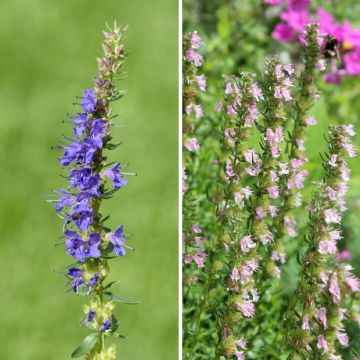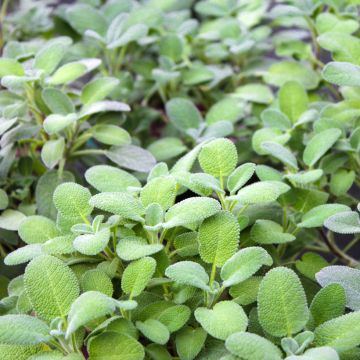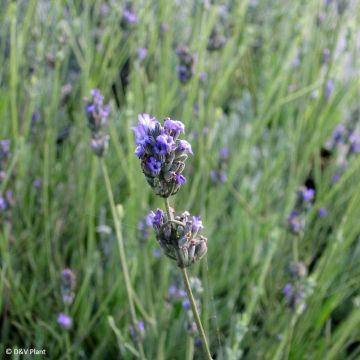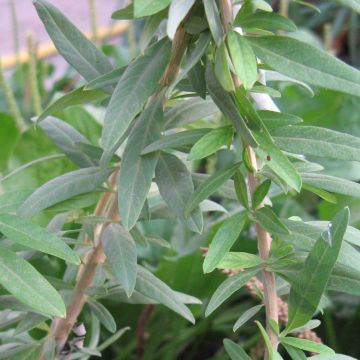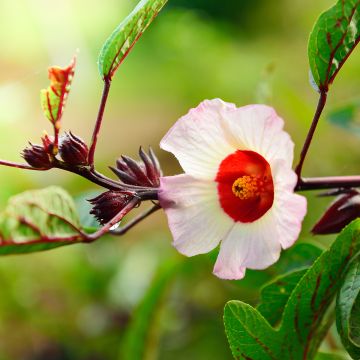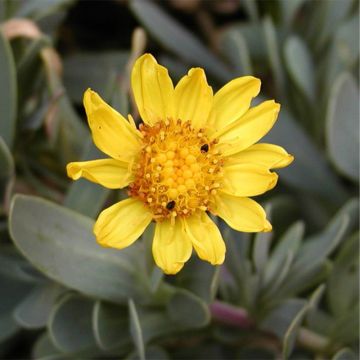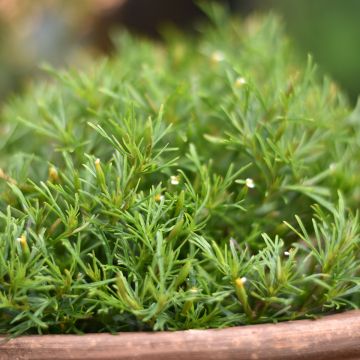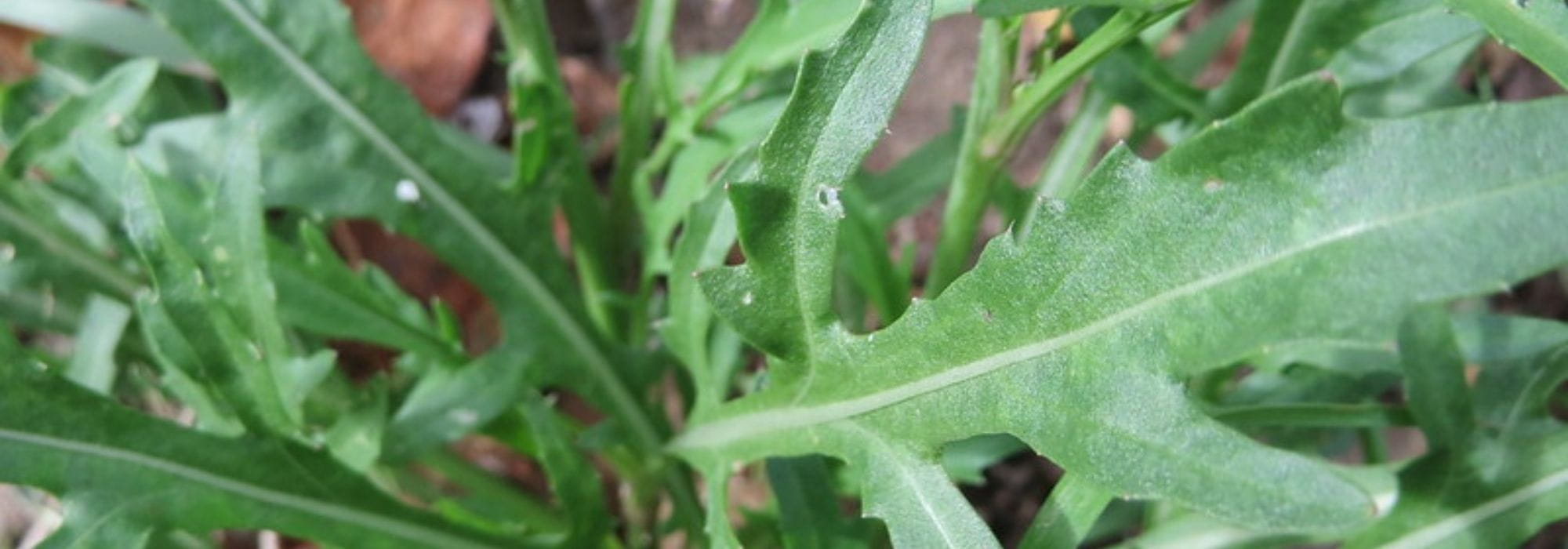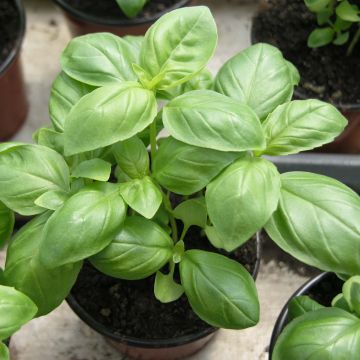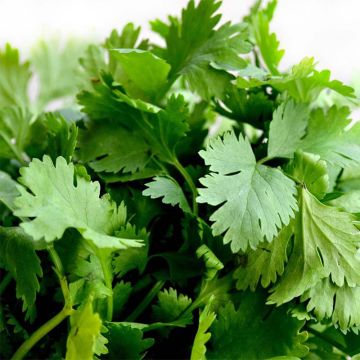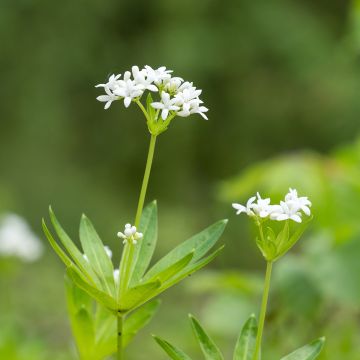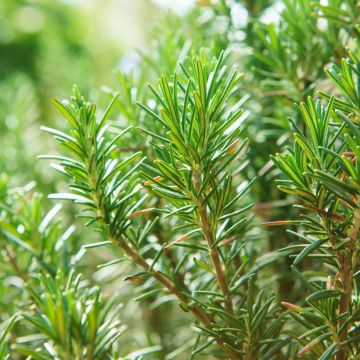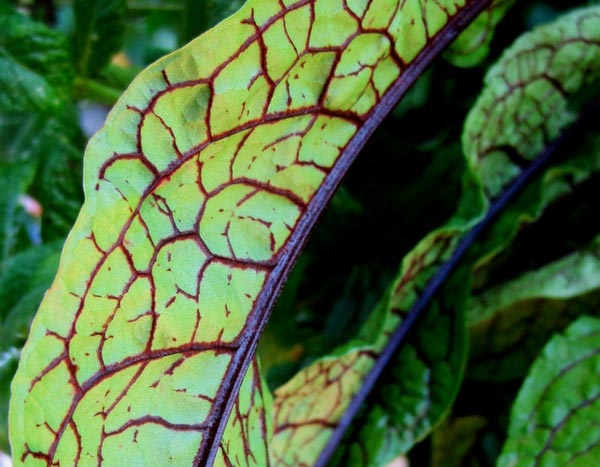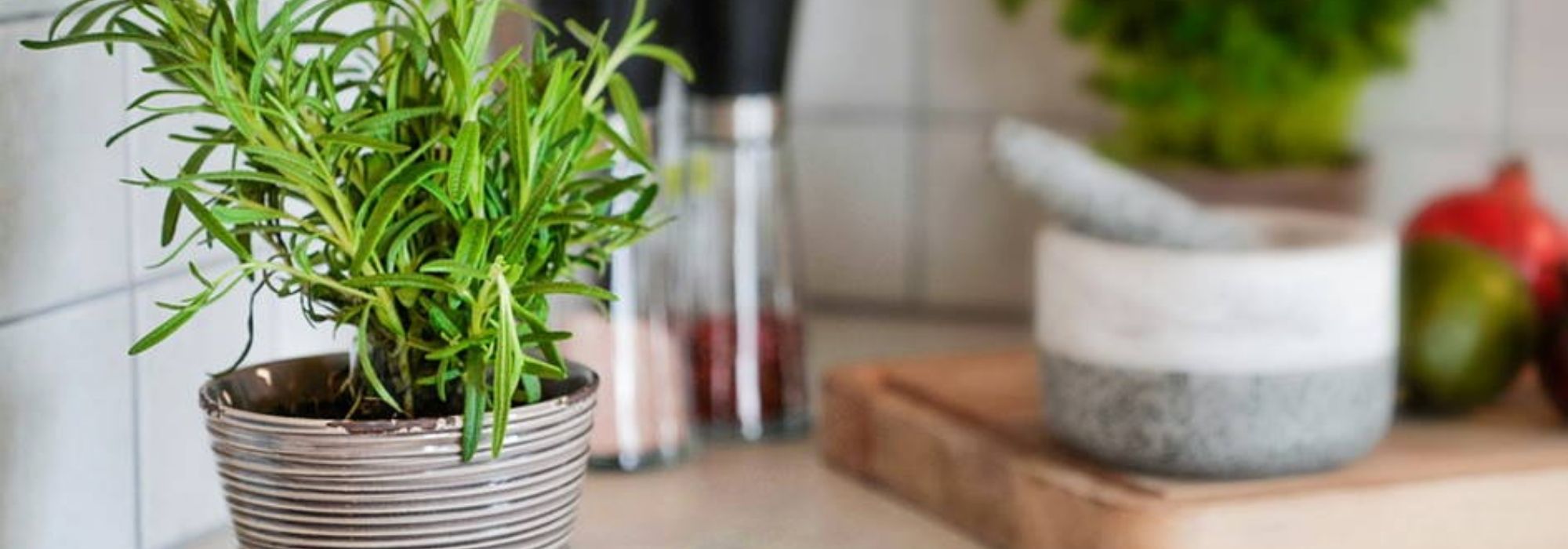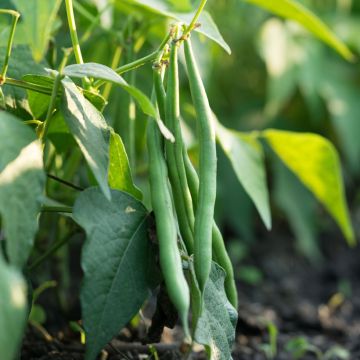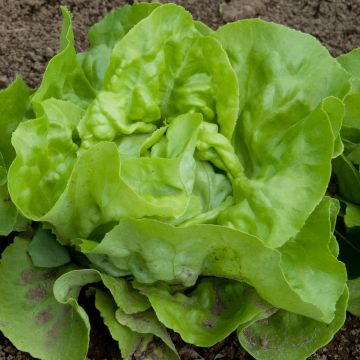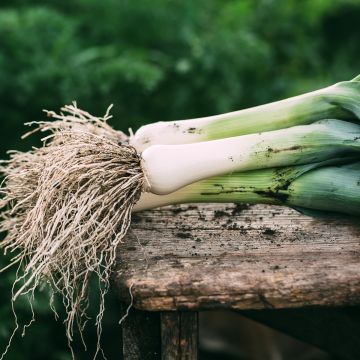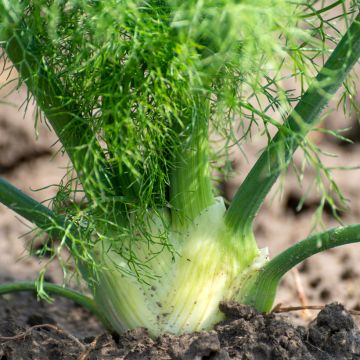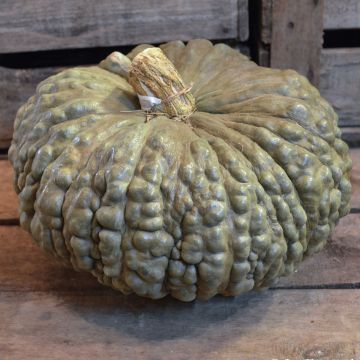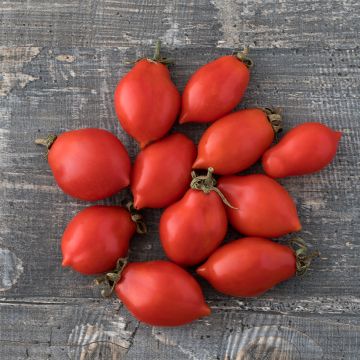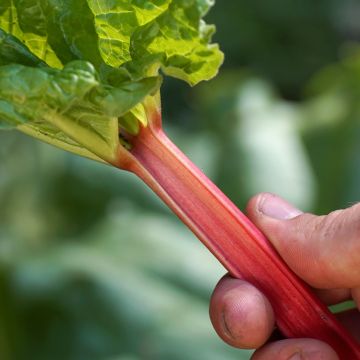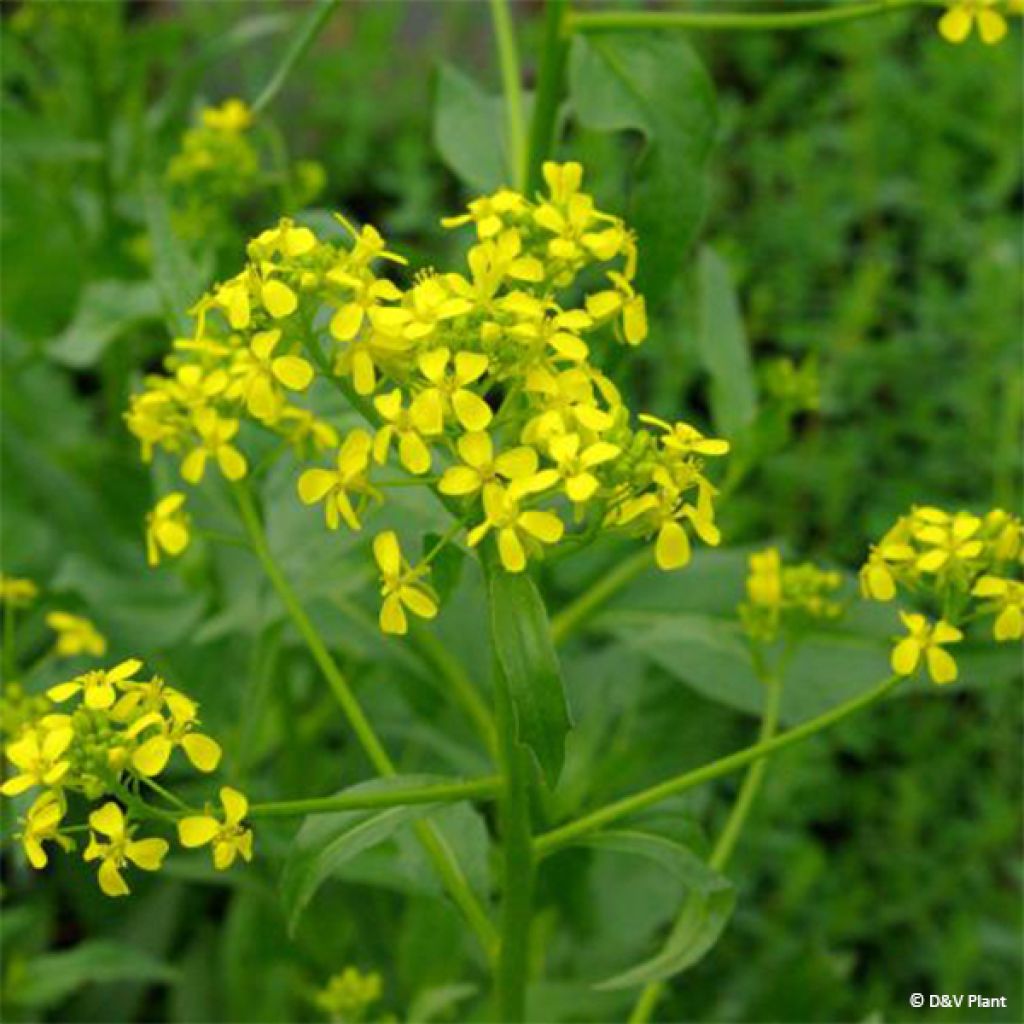

Bunias orientalis - Roquette d’Orient, Bunias d’Orient
Bunias orientalis - Oriental Rocket, Eastern Bunias
Bunias orientalis
Warty cabbage, Hill mustard, Turkish rocket
Special offer!
Receive a €20 voucher for any order over €90 (excluding delivery costs, credit notes, and plastic-free options)!
1- Add your favorite plants to your cart.
2- Once you have reached €90, confirm your order (you can even choose the delivery date!).
3- As soon as your order is shipped, you will receive an email containing your voucher code, valid for 3 months (90 days).
Your voucher is unique and can only be used once, for any order with a minimum value of €20, excluding delivery costs.
Can be combined with other current offers, non-divisible and non-refundable.
Why not try an alternative variety in stock?
View all →This plant carries a 6 months recovery warranty
More information
We guarantee the quality of our plants for a full growing cycle, and will replace at our expense any plant that fails to recover under normal climatic and planting conditions.
Description
The Oriental Rocket, in Latin Bunias orientalis, is a very hardy herbaceous plant, water-efficient, whose leaves and flowers can be consumed. Its young lobed leaves, rounded to ovate, are arranged in a basal rosette. With a mild flavour, resembling cabbage, they are consumed raw in salads. The leaves on the stems are longer and roughly toothed on the edges. Due to their strong flavor, they are used cooked. The spring to summer flowering, resembling that of rapeseed, is quite decorative. This plant can self-seed abundantly in the garden. It is considered invasive in Central Europe and Eastern Europe.
The Oriental Rocket belongs to the Brassicaceae family (formerly Cruciferae). This species is native to Southeast Europe (Caucasus, mountainous regions of Armenia, southern Russia). Introduced in Europe since 1600, the Oriental Bunias is now present in the majority of European countries, except in the Mediterranean region. It was formerly used as a fodder plant, and it is believed that it was spread by the Russian army by using it as a supplement for horse feed. The Oriental Bunias can spread from seeds and root fragments transported with hay. This biennial to perennial plant, with more or less dissected leaves, will reach a height of 30 cm (12in) to 1.20 m (4ft) depending on the growing conditions. The Oriental Rocket has a fairly pronounced smell. The lower leaves are divided into lobes with a triangular terminal lobe, measuring up to 40 cm (16in) long. Flowering occurs from May to August depending on the climate. The branched inflorescence is a dense cluster of yellow flowers.
In cuisine, the young leaves of the Oriental Rocket are consumed in salads, alone or mixed (mesclun). The leaves of the stems are cooked like spinach.
In the vegetable garden, the Rocket is not demanding, it ideally grows in humus-rich, moist, and well-draining soil but also tolerates ordinary soils very well.
Harvest: Rocket is harvested from May to October. Preferably cut the leaves in the morning.
Storage: Rocket leaves can be stored in the refrigerator for a few days. To enjoy its full aroma, we recommend consuming it freshly picked.
Bunias orientalis - Oriental Rocket, Eastern Bunias in pictures




Harvest
Plant habit
Foliage
Other Herbs A to Z
View all →Planting and care
The Oriental Rocket enjoys the sun or partial shade in any well-prepared soil, even limestone and fairly dry in summer. Planting is done in spring or autumn. The Rocket plants will be spaced 60 cm (24in) apart in all directions. Dig a hole, place the root ball and cover with fine soil. Compact and water to keep the soil moist.
It is a plant that easily goes to seed and self-seeds wherever it pleases: it is preferable to prune the flower stalks to avoid its dispersion.
Cultivation
Care
Intended location
Planting & care advice
This item has not been reviewed yet - be the first to leave a review about it.
Similar products
Haven't found what you were looking for?
Hardiness is the lowest winter temperature a plant can endure without suffering serious damage or even dying. However, hardiness is affected by location (a sheltered area, such as a patio), protection (winter cover) and soil type (hardiness is improved by well-drained soil).

Photo Sharing Terms & Conditions
In order to encourage gardeners to interact and share their experiences, Promesse de fleurs offers various media enabling content to be uploaded onto its Site - in particular via the ‘Photo sharing’ module.
The User agrees to refrain from:
- Posting any content that is illegal, prejudicial, insulting, racist, inciteful to hatred, revisionist, contrary to public decency, that infringes on privacy or on the privacy rights of third parties, in particular the publicity rights of persons and goods, intellectual property rights, or the right to privacy.
- Submitting content on behalf of a third party;
- Impersonate the identity of a third party and/or publish any personal information about a third party;
In general, the User undertakes to refrain from any unethical behaviour.
All Content (in particular text, comments, files, images, photos, videos, creative works, etc.), which may be subject to property or intellectual property rights, image or other private rights, shall remain the property of the User, subject to the limited rights granted by the terms of the licence granted by Promesse de fleurs as stated below. Users are at liberty to publish or not to publish such Content on the Site, notably via the ‘Photo Sharing’ facility, and accept that this Content shall be made public and freely accessible, notably on the Internet.
Users further acknowledge, undertake to have ,and guarantee that they hold all necessary rights and permissions to publish such material on the Site, in particular with regard to the legislation in force pertaining to any privacy, property, intellectual property, image, or contractual rights, or rights of any other nature. By publishing such Content on the Site, Users acknowledge accepting full liability as publishers of the Content within the meaning of the law, and grant Promesse de fleurs, free of charge, an inclusive, worldwide licence for the said Content for the entire duration of its publication, including all reproduction, representation, up/downloading, displaying, performing, transmission, and storage rights.
Users also grant permission for their name to be linked to the Content and accept that this link may not always be made available.
By engaging in posting material, Users consent to their Content becoming automatically accessible on the Internet, in particular on other sites and/or blogs and/or web pages of the Promesse de fleurs site, including in particular social pages and the Promesse de fleurs catalogue.
Users may secure the removal of entrusted content free of charge by issuing a simple request via our contact form.
The flowering period indicated on our website applies to countries and regions located in USDA zone 8 (France, the United Kingdom, Ireland, the Netherlands, etc.)
It will vary according to where you live:
- In zones 9 to 10 (Italy, Spain, Greece, etc.), flowering will occur about 2 to 4 weeks earlier.
- In zones 6 to 7 (Germany, Poland, Slovenia, and lower mountainous regions), flowering will be delayed by 2 to 3 weeks.
- In zone 5 (Central Europe, Scandinavia), blooming will be delayed by 3 to 5 weeks.
In temperate climates, pruning of spring-flowering shrubs (forsythia, spireas, etc.) should be done just after flowering.
Pruning of summer-flowering shrubs (Indian Lilac, Perovskia, etc.) can be done in winter or spring.
In cold regions as well as with frost-sensitive plants, avoid pruning too early when severe frosts may still occur.
The planting period indicated on our website applies to countries and regions located in USDA zone 8 (France, United Kingdom, Ireland, Netherlands).
It will vary according to where you live:
- In Mediterranean zones (Marseille, Madrid, Milan, etc.), autumn and winter are the best planting periods.
- In continental zones (Strasbourg, Munich, Vienna, etc.), delay planting by 2 to 3 weeks in spring and bring it forward by 2 to 4 weeks in autumn.
- In mountainous regions (the Alps, Pyrenees, Carpathians, etc.), it is best to plant in late spring (May-June) or late summer (August-September).
The harvesting period indicated on our website applies to countries and regions in USDA zone 8 (France, England, Ireland, the Netherlands).
In colder areas (Scandinavia, Poland, Austria...) fruit and vegetable harvests are likely to be delayed by 3-4 weeks.
In warmer areas (Italy, Spain, Greece, etc.), harvesting will probably take place earlier, depending on weather conditions.
The sowing periods indicated on our website apply to countries and regions within USDA Zone 8 (France, UK, Ireland, Netherlands).
In colder areas (Scandinavia, Poland, Austria...), delay any outdoor sowing by 3-4 weeks, or sow under glass.
In warmer climes (Italy, Spain, Greece, etc.), bring outdoor sowing forward by a few weeks.































